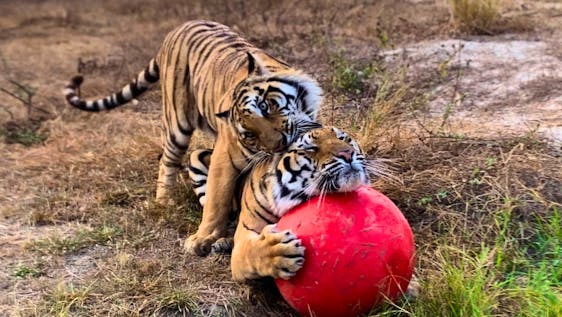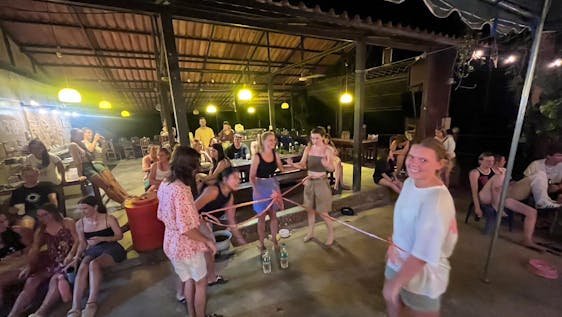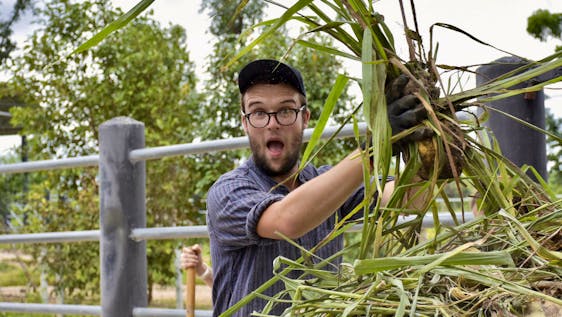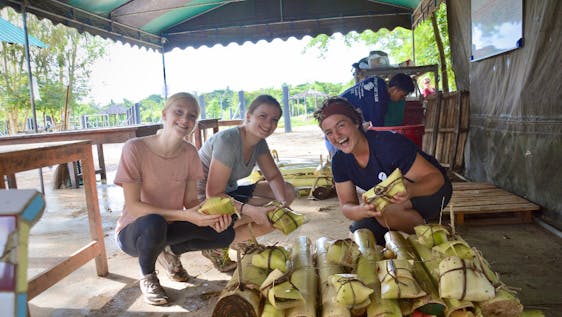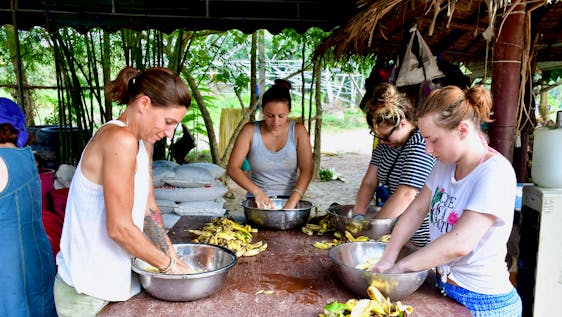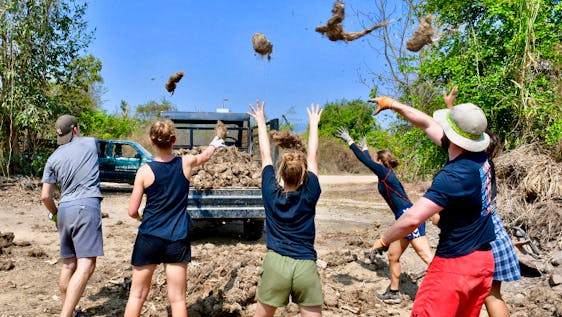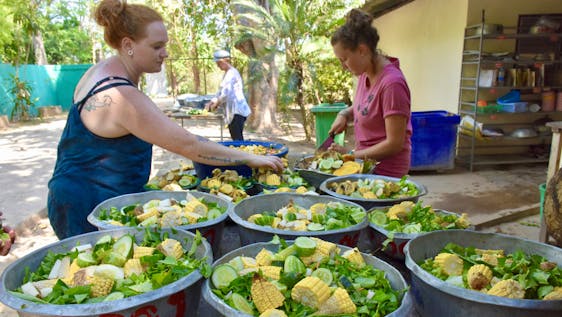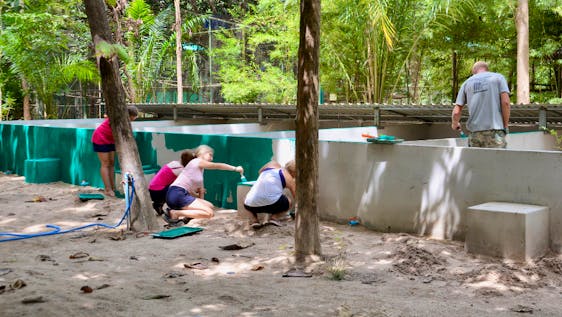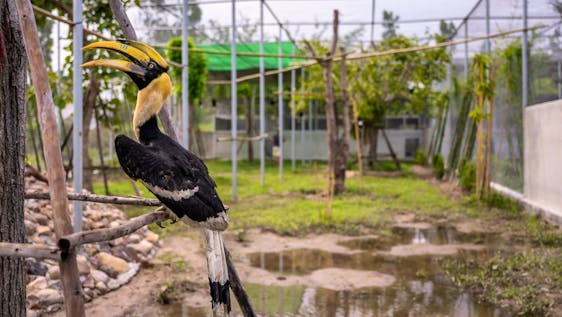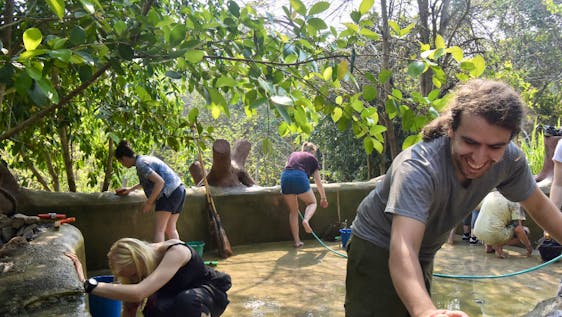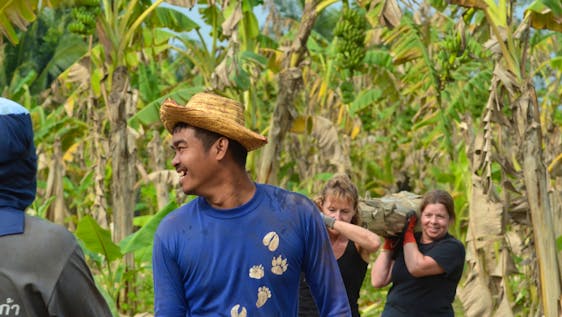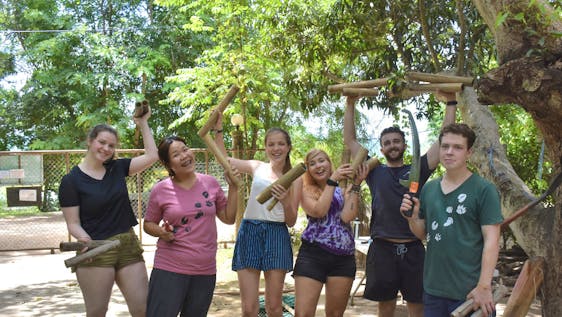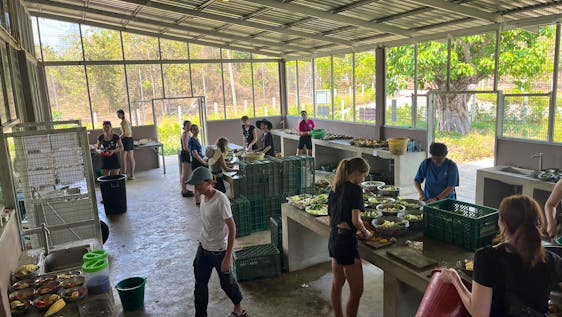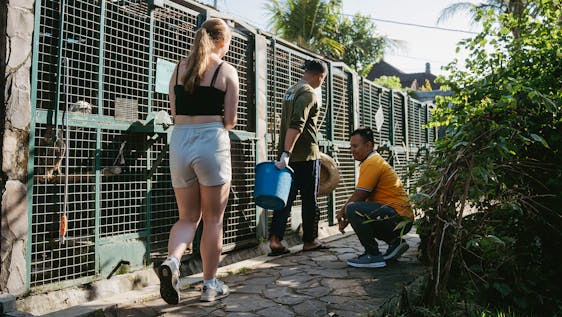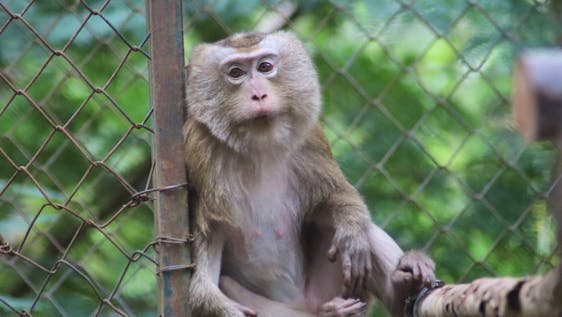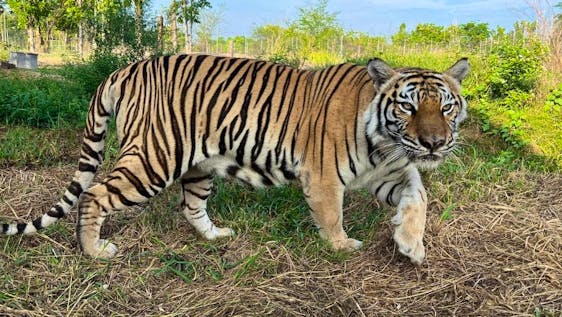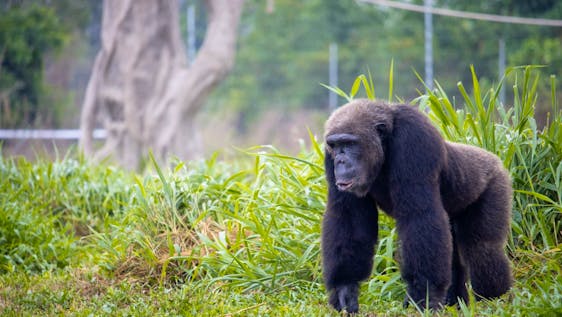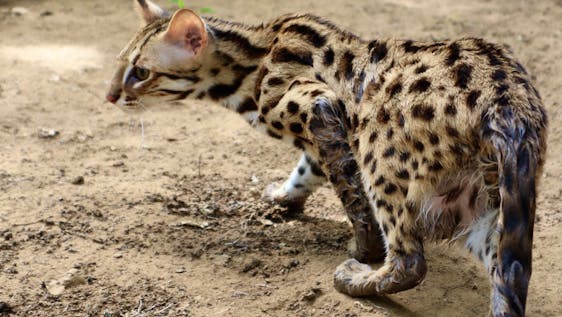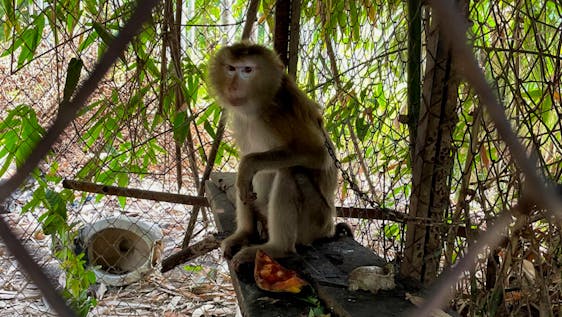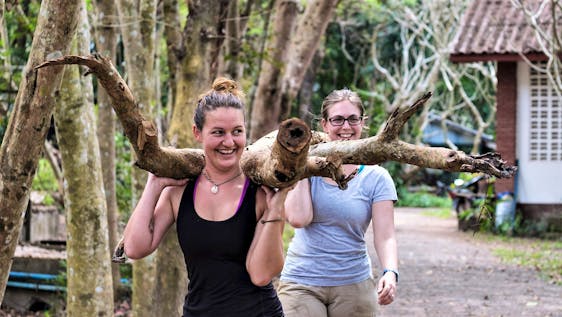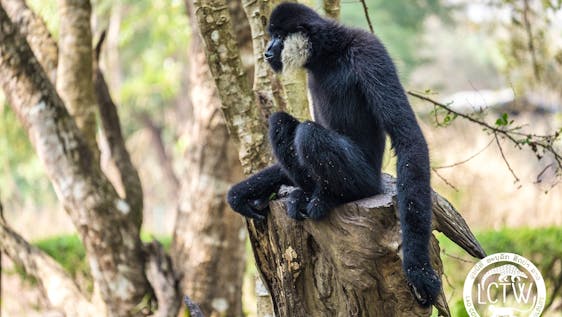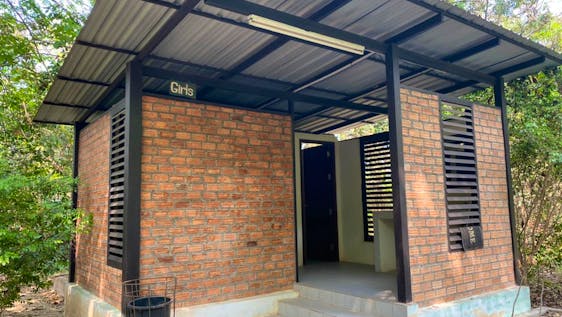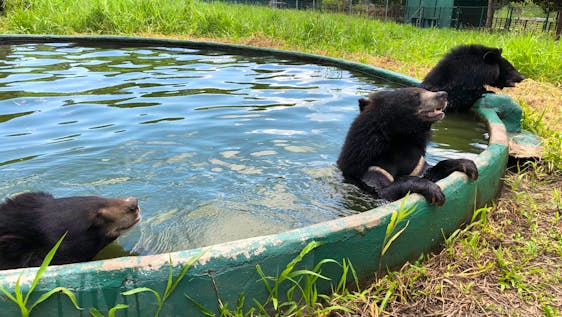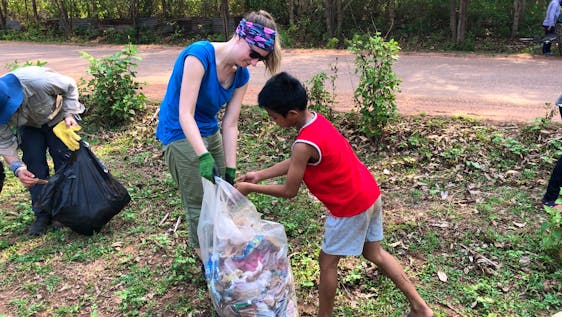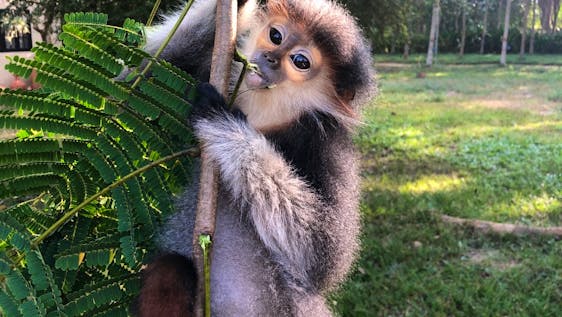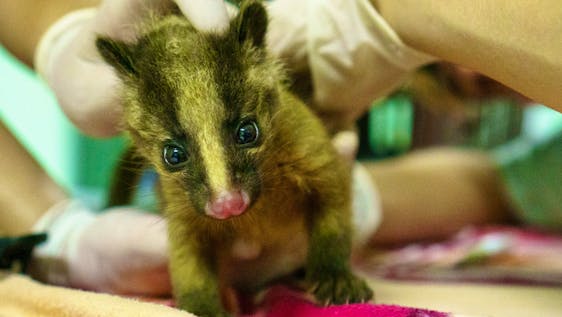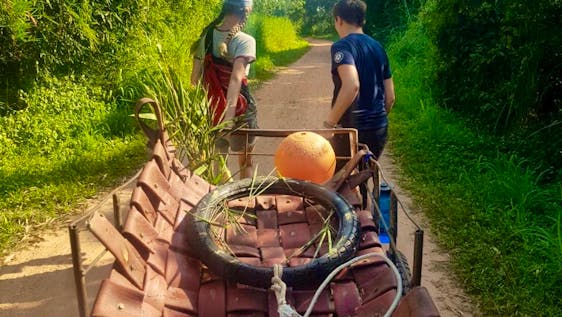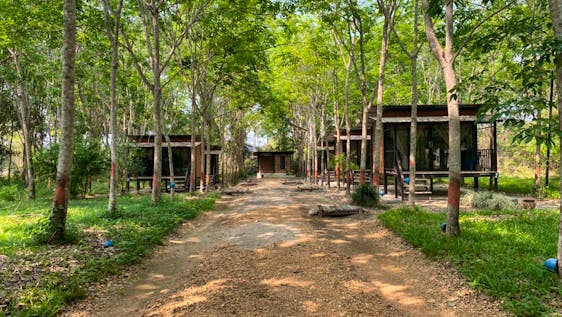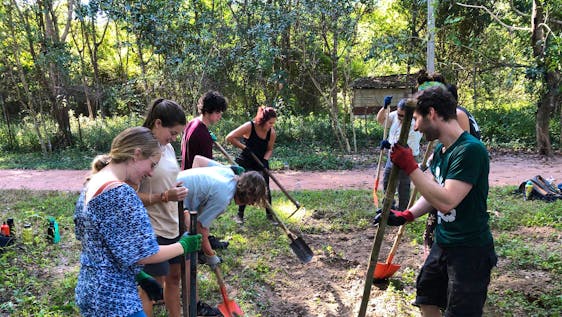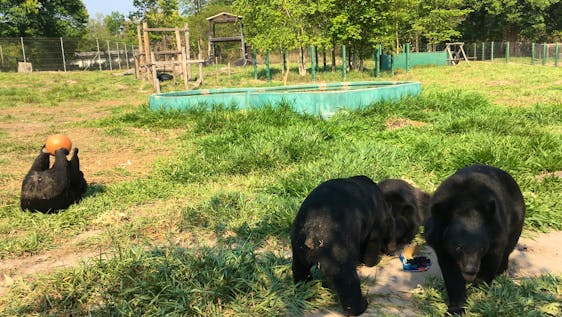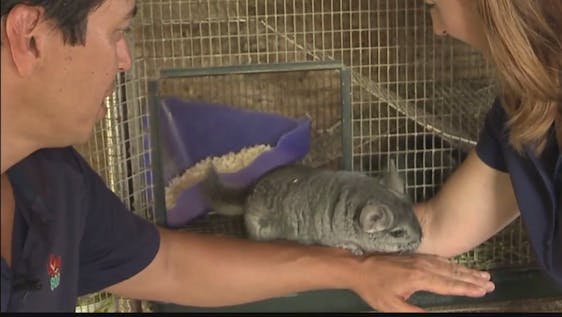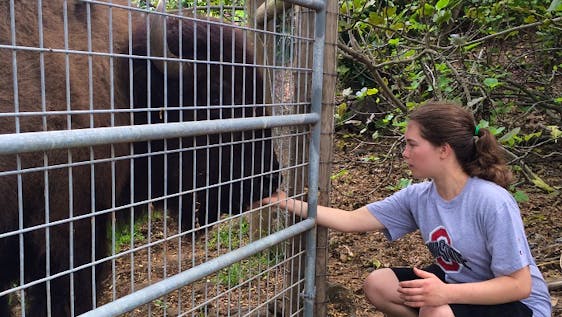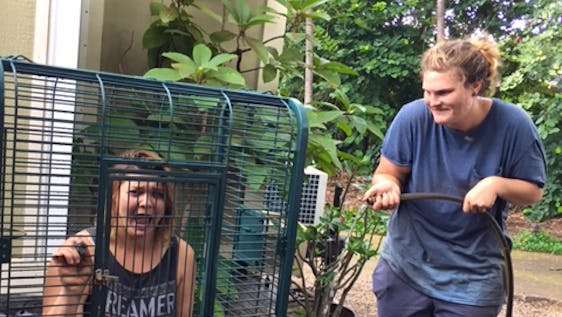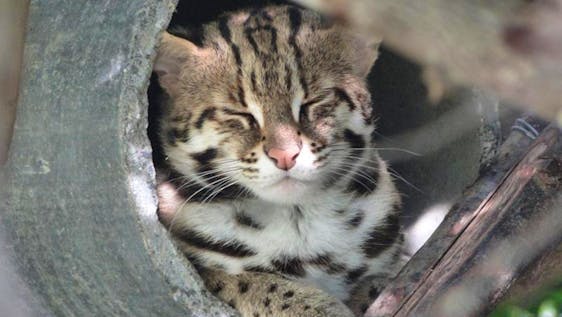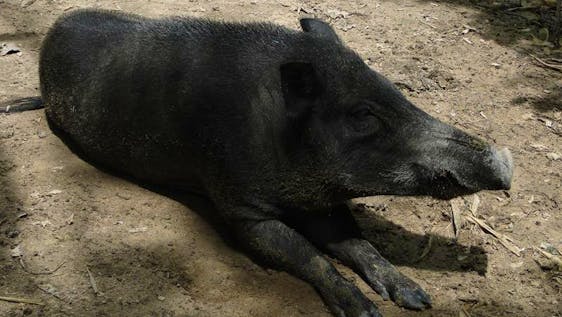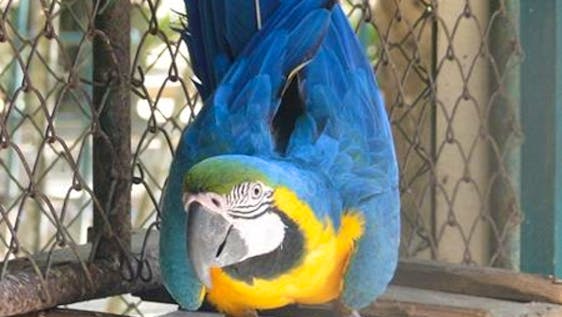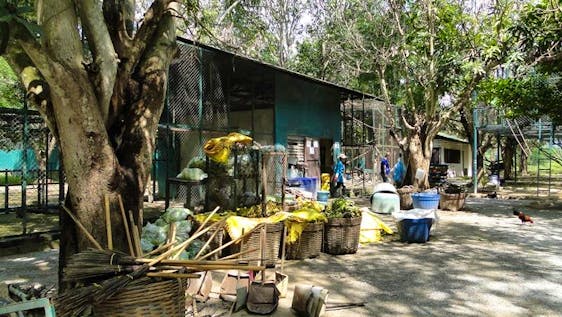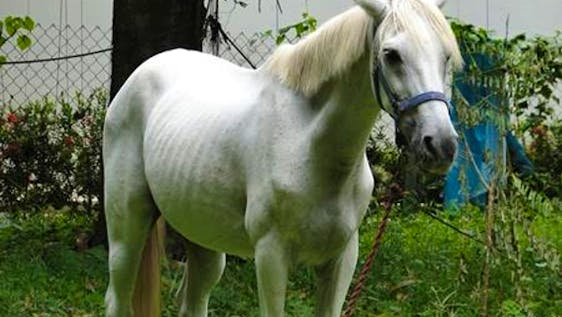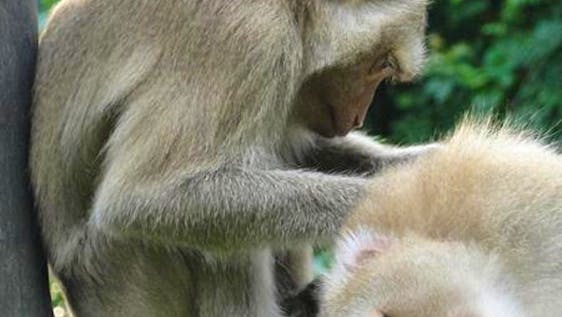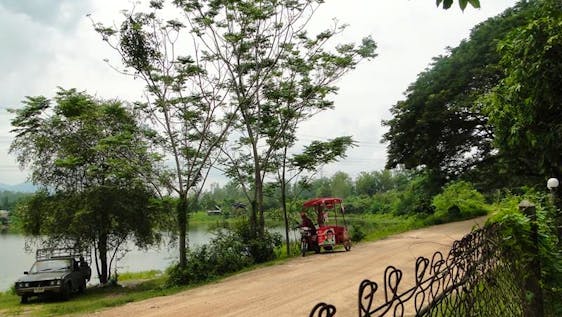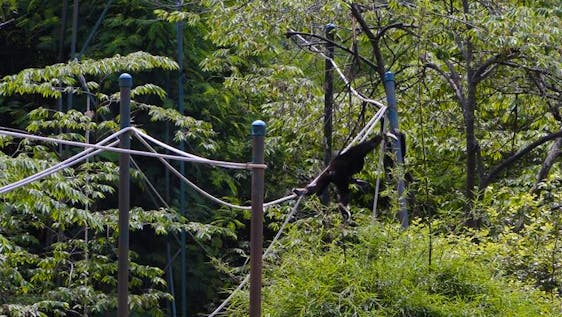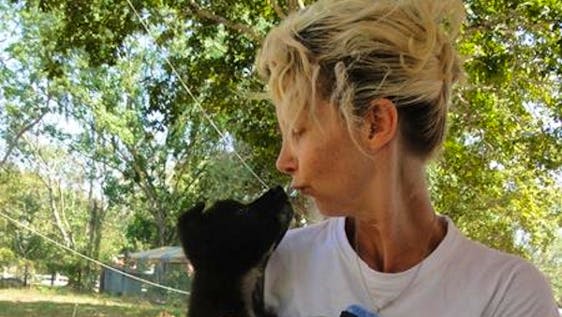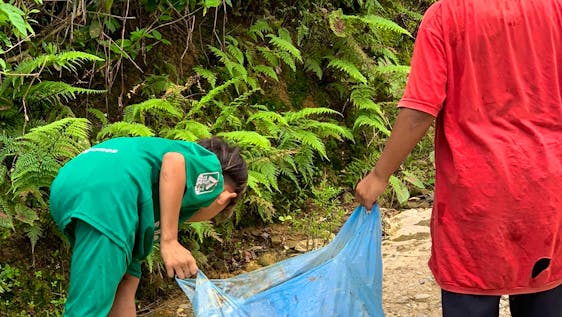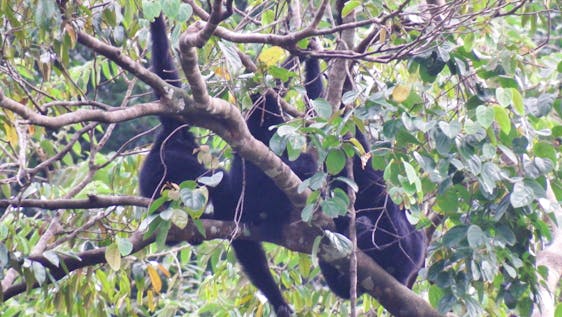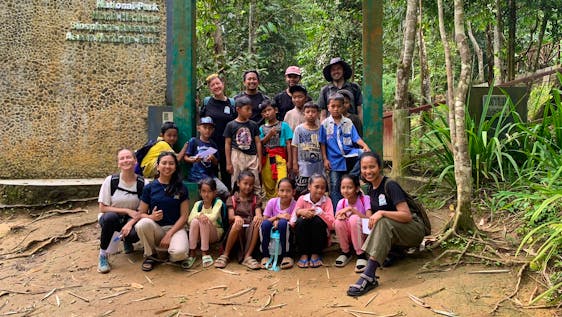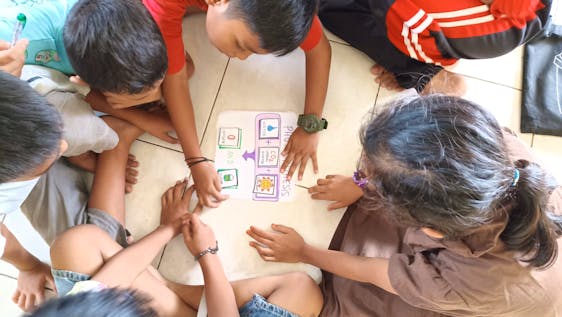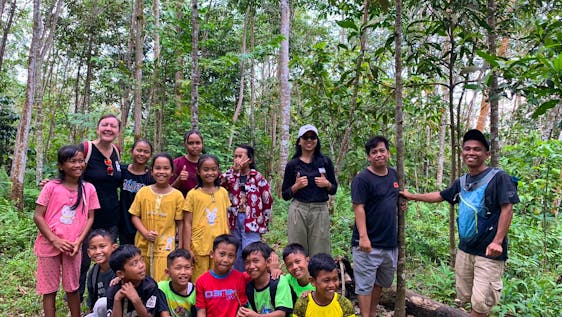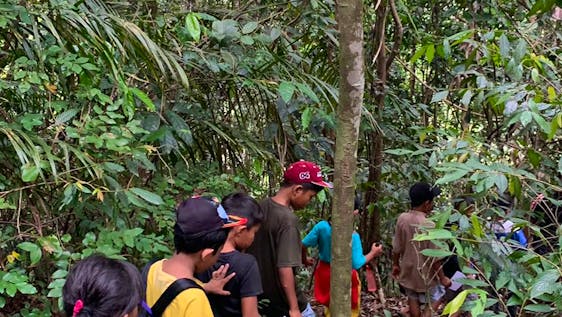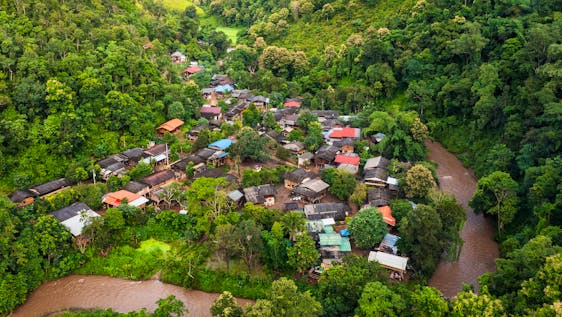Gibbon Sanctuary, Rescue & Conservation Programs
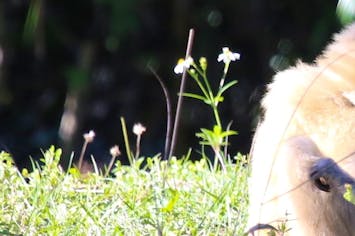

Volunteer Projects and Internships with Gibbons
If you want to make sure that gibbons do not become extinct anytime soon, you will want to become a gibbon conservation volunteer as soon as possible. After all, there are merely 40 Hainan crested gibbons left. The population numbers for several other kinds of gibbons are not all that more promising either. With about 100 Cao-Vit crested gibbons and less than 2,000 black crested gibbons remaining, the time to act is now. If you consider yourself a prospective gibbon conservation volunteer abroad, we would like to tell you a little more about what this voluntary work entails below. Find out what dangers the worldwide gibbon population is facing and what you can do to help as a volunteer.
Threats to Gibbons
While various gibbon conservation programs have tried to reintroduce gibbons to several regions of the world, this has not been hugely successful. Since gibbons still continue to be faced with the following threats, there still is much work for you to do as a gibbon conservation volunteer.
- Harvesting, hunting and poaching
- Deforestation
- Global warming, climate change
- General habitat loss
As long as the illegal trade of gibbons continues, gibbon conservation programs will be fighting to protect these primates from becoming extinct. In addition, there simply are fewer and fewer natural habitats for gibbons left. In China alone, gibbons have lost about 99% percent of their former habitats, for example. While this is already bad news for all gibbon conservation activists, it gets even worse. In some parts of Asia, gibbons are kept as pets. However, in order to capture a young gibbon, this means killing its mother. While shooting down the mother gibbon from the tree, the young gibbon often dies, too, which is thus having a disastrous effect on overall gibbon population numbers.
Given that the local people likely do not know how dire the international gibbon population numbers are, this threat continues to be relevant. Rural poverty is also resulting in a dire lack of gibbon protection. Since gibbons can be traded for money, this thus is their death sentence in many rural areas. In turn, gibbon conservation should also mean helping the local population find other ways of making money. Otherwise, all habitat protection and other gibbon conservation efforts will be useless as long as gibbons are still being hunted for sheer survival reasons.
Where can you volunteer in gibbon conservation?
If you are looking to pursue this kind of voluntary work, you will find yourself heading to Southeast-Asia soon. This is where most gibbon conservation programs are located. Volunteering in gibbon conservation is particularly popular in the following countries and regions:
Tasks as a Volunteer in Gibbon Conservation
Depending on your chosen gibbon conservation program or if you are volunteering at a gibbon sanctuary, these are some of the tasks that you could be asked to complete as a volunteer:
- Education
- Ecotourism offerings
- Fundraising
- Research
- Data entry
- Tracking/ monitoring the local gibbon population
- Rescuing/ rehabilitating gibbons
- Feeding gibbons
- Cleaning gibbon cages
- Helping with veterinary treatments
EVALUATED NE
DEFICIENT DD
CONCERN LC
THREATENED NT
ENDANGERED CR
IN THE WILD EW
 Monkey Conservation
Monkey Conservation
 Bear Conservation
Bear Conservation
 Wildlife Conservation
Wildlife Conservation
 Animal
Animal
 Asia
Asia
 South East Asia
South East Asia
 Civet Conservation
Civet Conservation
 Macaque
Macaque
 Thailand
Thailand
 Otter Conservation
Otter Conservation
 Activities
Activities
 Animal Shelter
Animal Shelter
 Dog
Dog
 Eurasian Otter
Eurasian Otter
 Animal Sanctuary
Animal Sanctuary
 Elephant Conservation
Elephant Conservation
 Asian Elephant
Asian Elephant
 Hotspots
Hotspots
 Giant Otter
Giant Otter
 Wildcat Conservation
Wildcat Conservation
 Bangkok
Bangkok
 Vegan
Vegan
 Laos
Laos
 Planting Trees
Planting Trees
 Hawaii
Hawaii
 Americas
Americas
 North America
North America
 Plains Zebra
Plains Zebra
 United States Of America
United States Of America
 Zebra Conservation
Zebra Conservation
 Spider Monkey
Spider Monkey
 Tiger Conservation
Tiger Conservation
 Crocodile
Crocodile
 Reptile Conservation
Reptile Conservation
 Cats
Cats
 Indonesia
Indonesia
 Great Apes Conservation
Great Apes Conservation
 Orangutan
Orangutan
 Sumatra
Sumatra
 Chiang Mai
Chiang Mai
